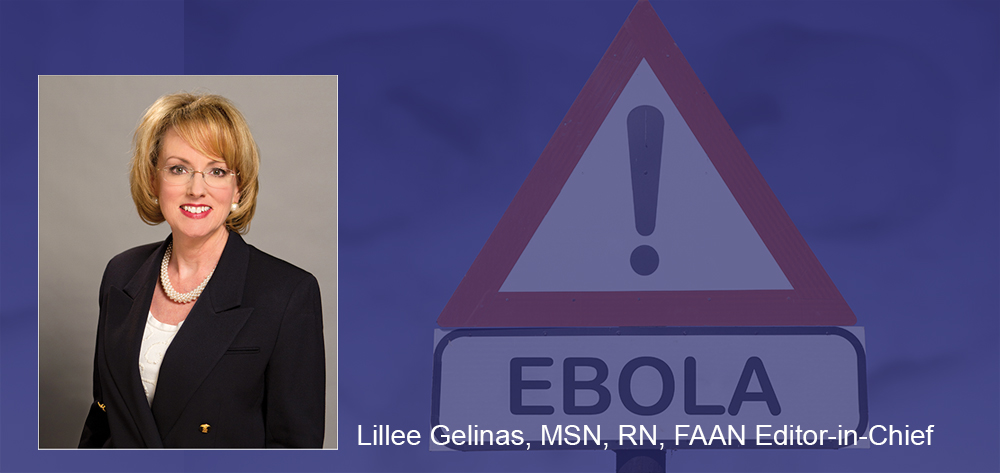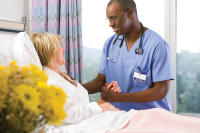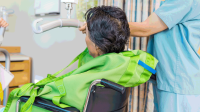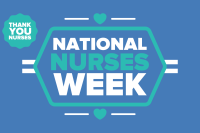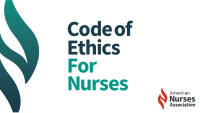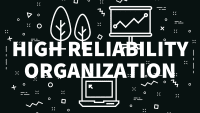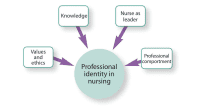Infectious diseases are responsible for more deaths worldwide than any other single cause. In Dallas on September 30, the first case of Ebola was diagnosed in the United States. That day, we had no idea how much our day-to-day routines would change—or to what extent nursing’s talent and fortitude would be called upon.
While no city, state, or country would ever wish to face the challenges arising from the threat and presence of a highly infectious disease, Texas had to face that challenge. I live in the Dallas-Fort Worth metroplex, and the system headquarters for my organization, CHRISTUS Health, is located there. So during October, while the United States was immersed in all things Ebola, those of us at the Ebola epicenter were thrust into the spotlight. News bulletins, news flashes, and updates were inescapable at home, at work, and at play. For our clinical teams and myself, the Ebola crisis has been an unprecedented call to duty.
I will never forget October 10. I was at the National Magnet Conference® in Dallas with 50 CHRISTUS nursing leaders and staff members, engrossed in a terrific program. Suddenly, my cell phone started beeping like crazy. I needed to jump in on a conference call urgently: CHRISTUS had just been notified that a potential Ebola patient was on the way to one of our hospitals. I looked at the time—8:30 AM. So much was about to change from that point on.
The CHRISTUS Emergency Management Council (EMC) and plan, which have served us so well in the past, were already in place. We had already created an Ebola preparedness team as a subgroup to the EMC, so our focused clinical expertise had already been activated. In addition, colleagues at Texas Health Resources (the hospital that received that first Ebola patient) joined us on the phone to discuss their experience.
All resources at CHRISTUS regional and local levels went into action. Although the potential Ebola patient on the way to our hospital turned out to be a false alarm, we didn’t stand down our effort. We continued with the charge to provide expert, evidence-based assessments, protocols, and recommendations related to the Ebola response, and worked with incident command teams and their partners at the state and local levels. These more detailed and Ebola-specific tactics supplemented our existing emergency management plan, which addresses multiple aspects of preparing for, responding to, and recovering from disasters. Many nurses and other healthcare providers had already guided us through such events as tornados and hurricanes Ike, Rita, and Katrina, which are still fresh in the memories of those of us who lived through them.
But this time was different. Compared to Ebola, weather disasters seem much more predictable. This time, we were dealing with many unknowns and fears. And we needed to respond to, and train in accordance with, the government’s ever-changing recommendations.
Looking back at those days in October and November, we can see how far we’ve come in advancing our ability to identify, isolate, and treat Ebola patients—as a nation, as healthcare organizations collectively, and as individual nurses and other care providers. The experience has cast an intense light on nursing leadership at all levels. While those of us in the trenches were hunkering down—refining policy, creating Ebola care units, holding drills, learning how to doff protective gear properly, and wondering what new protocol we’d need to learn tomorrow—national nursing leaders were at work advocating for us at the highest levels. ANA press releases, blogs, and communiques came fast and furiously. Most of those on the front lines were on call 24/7. ANA’s president, Pam Cipriano, its chief executive, Marla Weston, and other leaders weren’t getting much sleep, either.
At CHRISTUS, we’ve learned another important lesson. With all of our specialty and subspecialty nursing areas of expertise, we realized we needed to create a new nursing role to supplement the outstanding focus of those nurses known as infection control practitioners. In our U.S. hospitals, CHRISTUS doesn’t have the benefit of academic medical center resources. Our community hospitals need nurses who can provide expert guidance, consultation, and direct patient care day in and day out, shift by shift. These nurses must have the right experience, skillsets, and tenure; must understand and demonstrate proficiency in managing a patient presenting with a highly infectious disease such as Ebola; and must be available on a large scale, in every unit, on every shift, in every hospital. Yes—we already have infection control experts, clinical nurse specialists, and other gifted nursing experts. But they aren’t at the bedside as part of their regular schedule.
So in less than 7 days, nursing leaders, clinical educators, emergency-management team members, and human resource professionals at CHRISTUS created and got approval for a new bedside nursing role—the severe communicable disease RN. In addition, we identified nursing Go Teams in the emergency department and critical care units, who can be activated when a possible Ebola patient presents to any of our 650 clinics, hospitals, or other care settings. We decided to call them Go Teams to distinguish them from response teams, which have become synonymous with the ICU expertise so vital to med-surg calls for bedside support. The word go implies strength, vitality, energy, and staying power. These Go Teams are in place for the long term. They represent yet another path to help define care excellence.
Clearly, we’ve all done so much more than we thought we could during the October Ebola crisis. Yet we have much more to do, and there’s so much we haven’t even encountered when it comes to providing care for Ebola patients in this country. But this we know: The past 2 months have shown us we truly are better together—as a team, an organization, and a profession.
Lillee Gelinas, MSN, RN, FAAN
Editor-in-Chief

